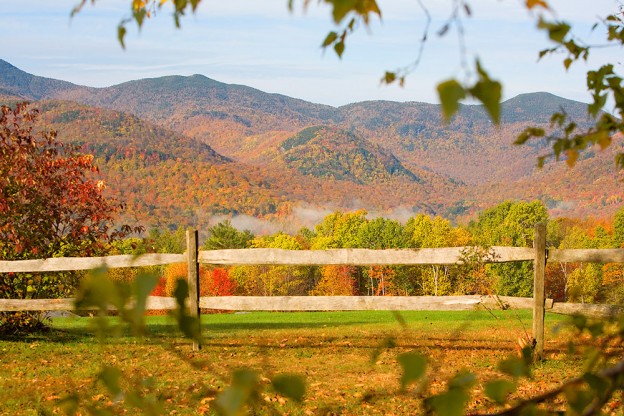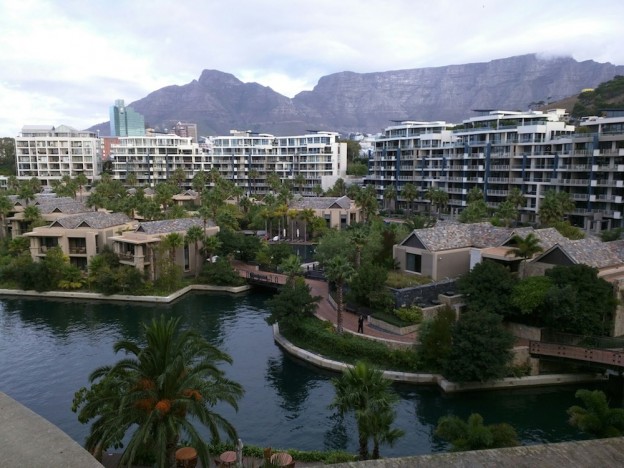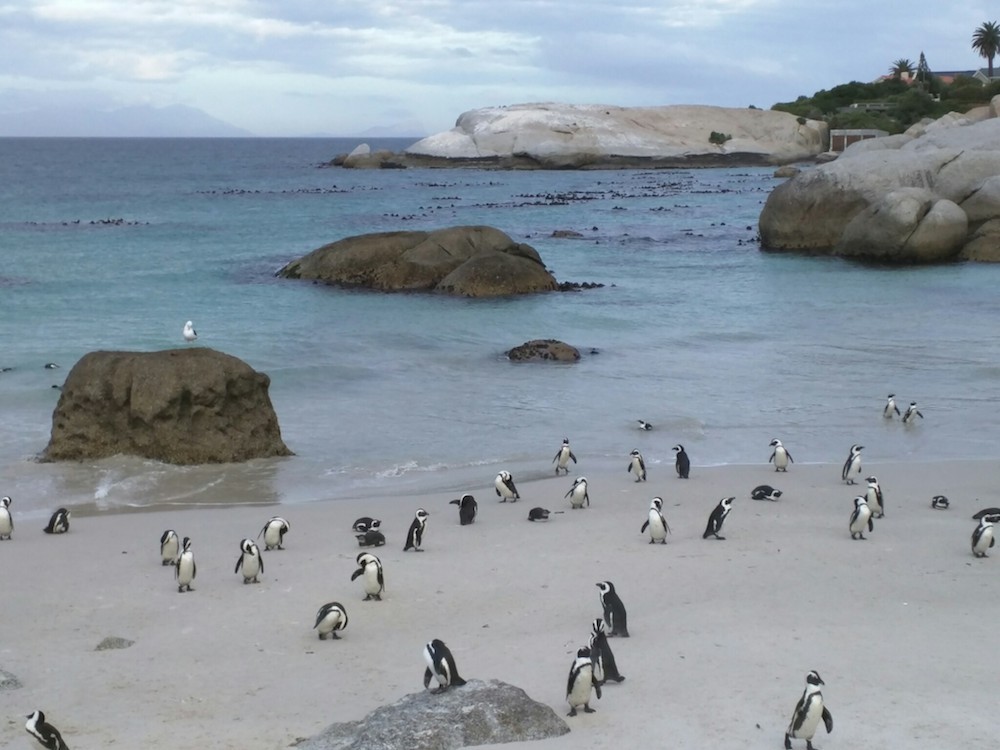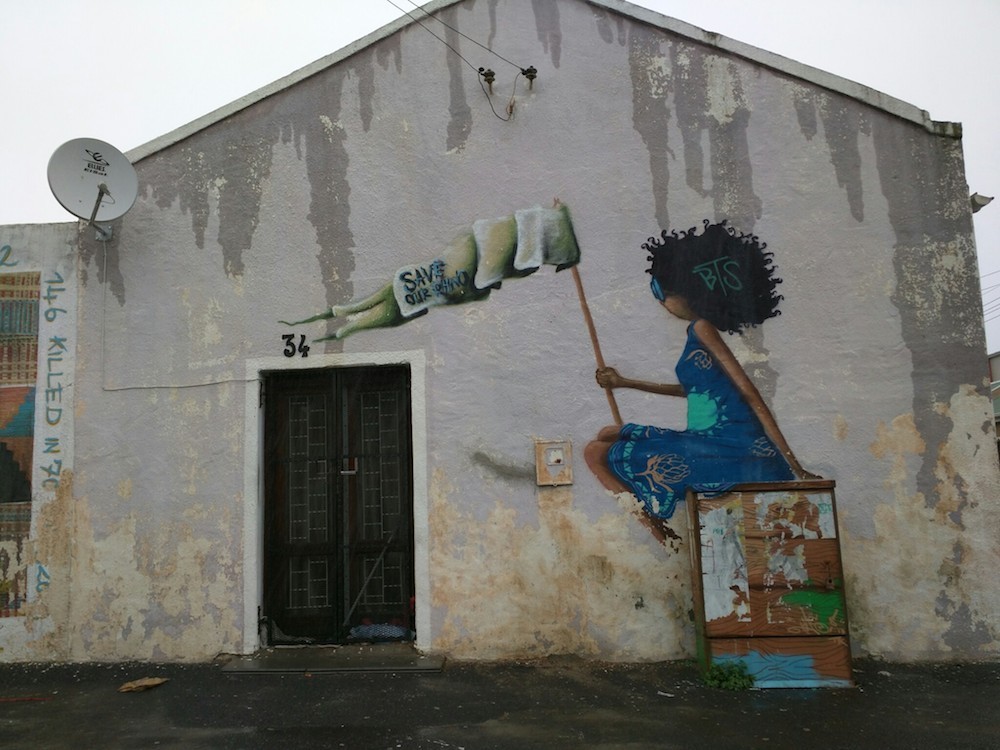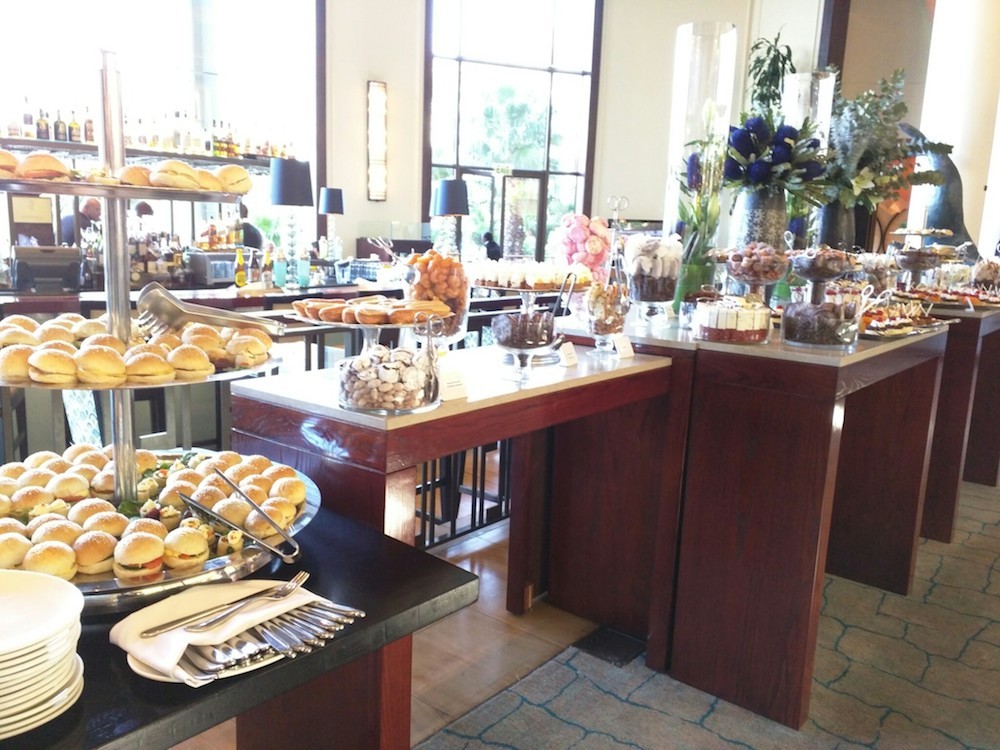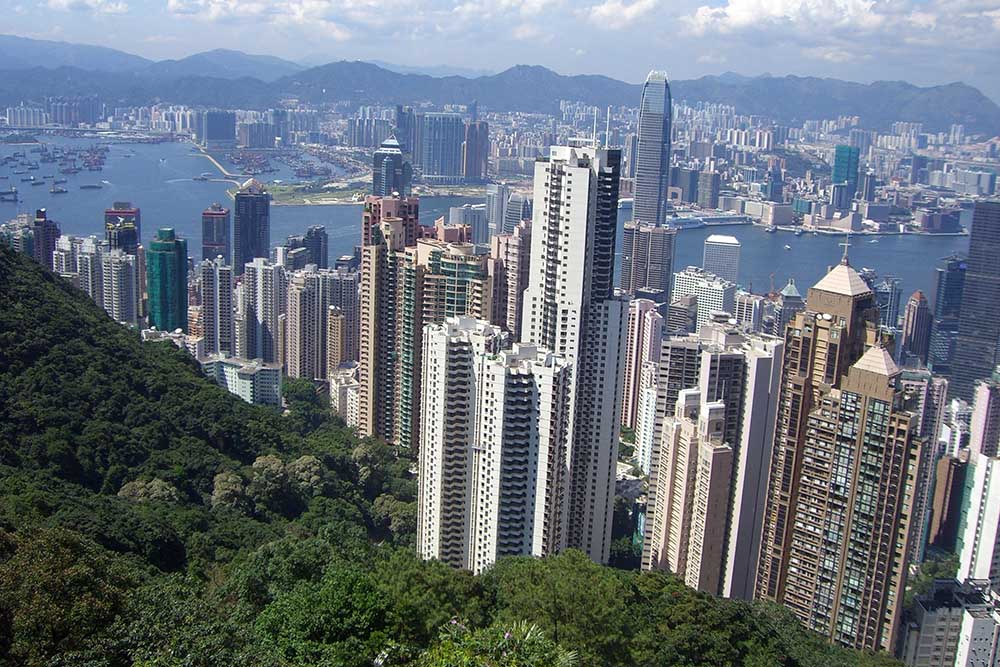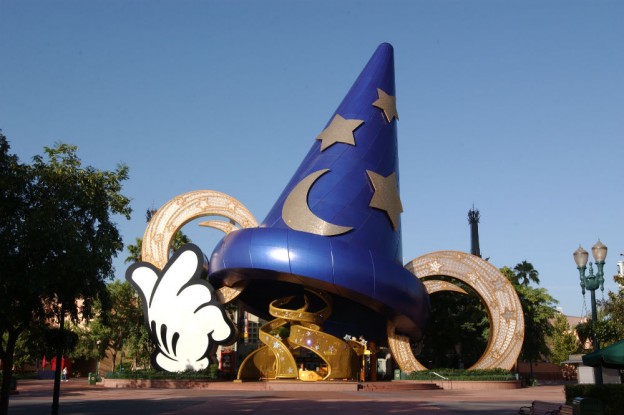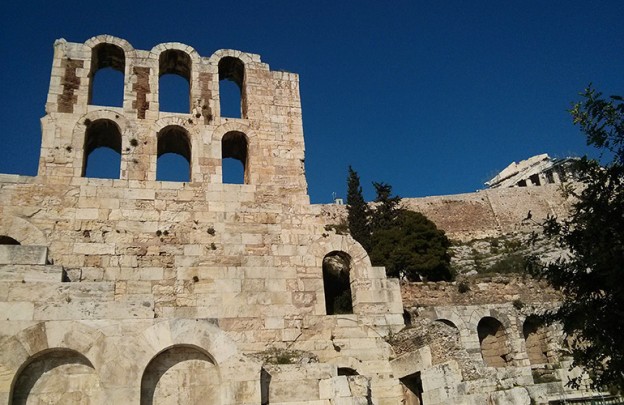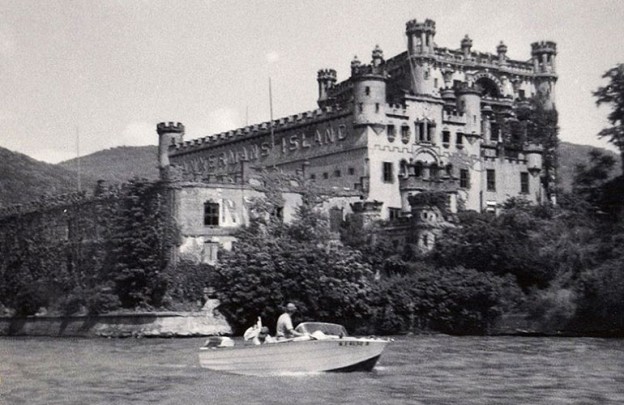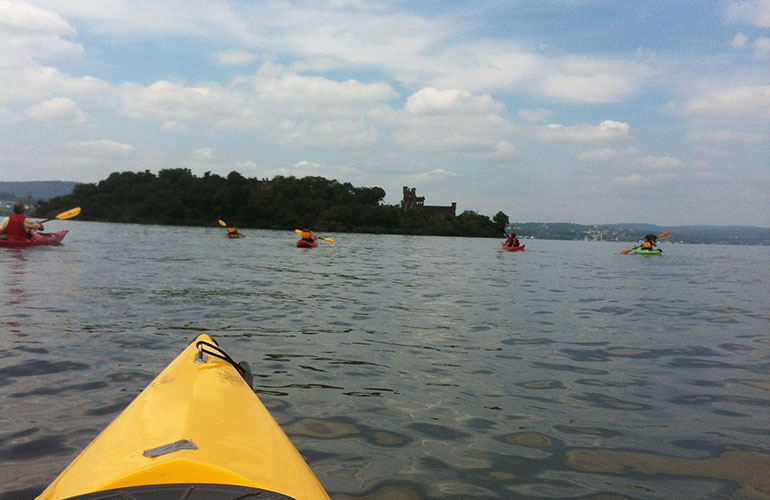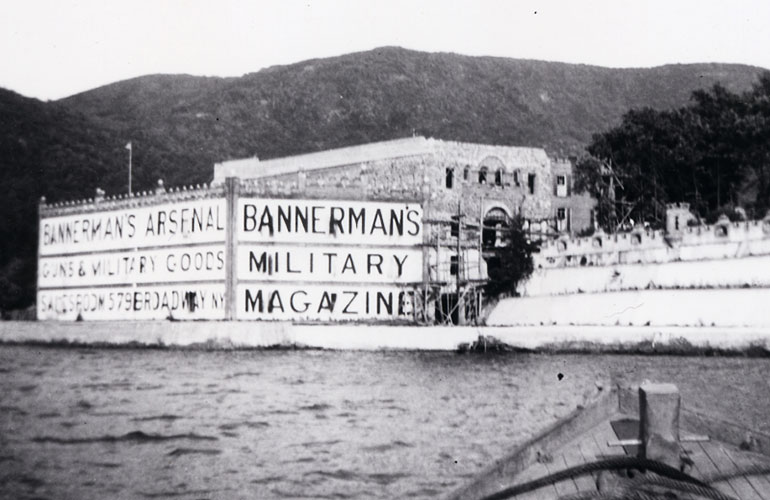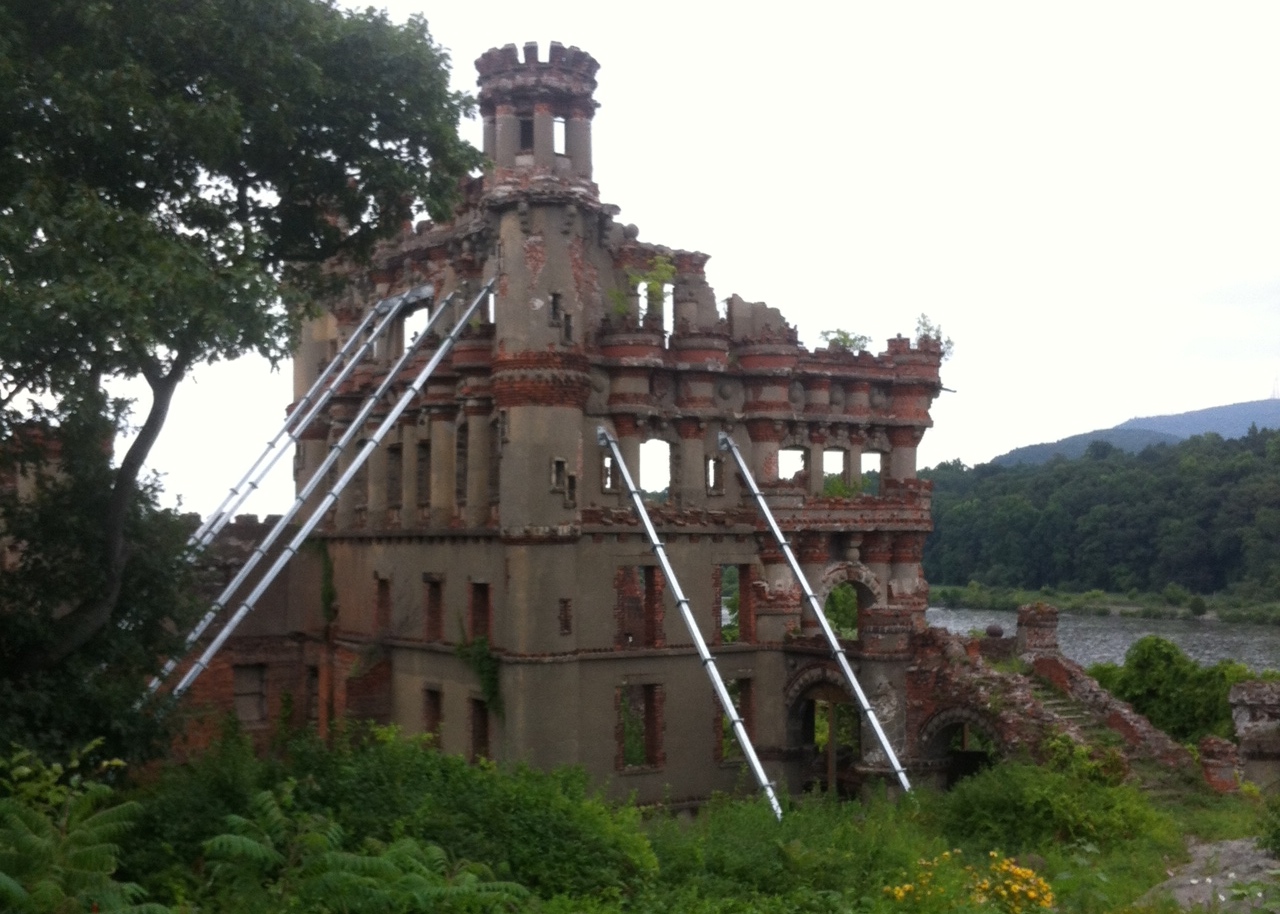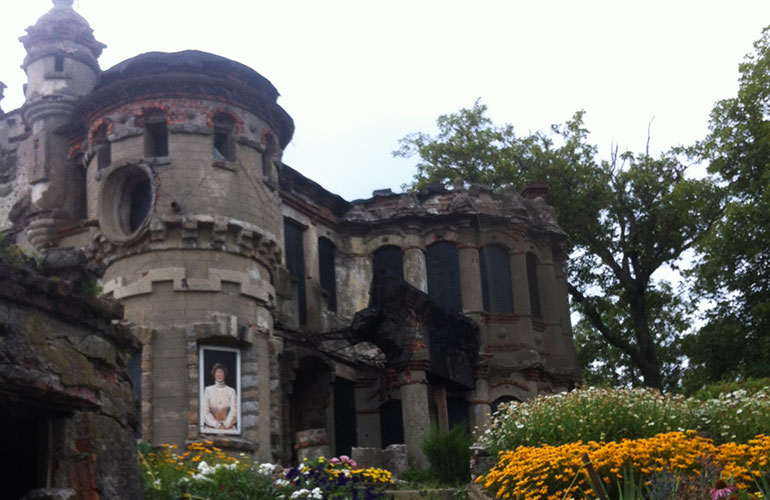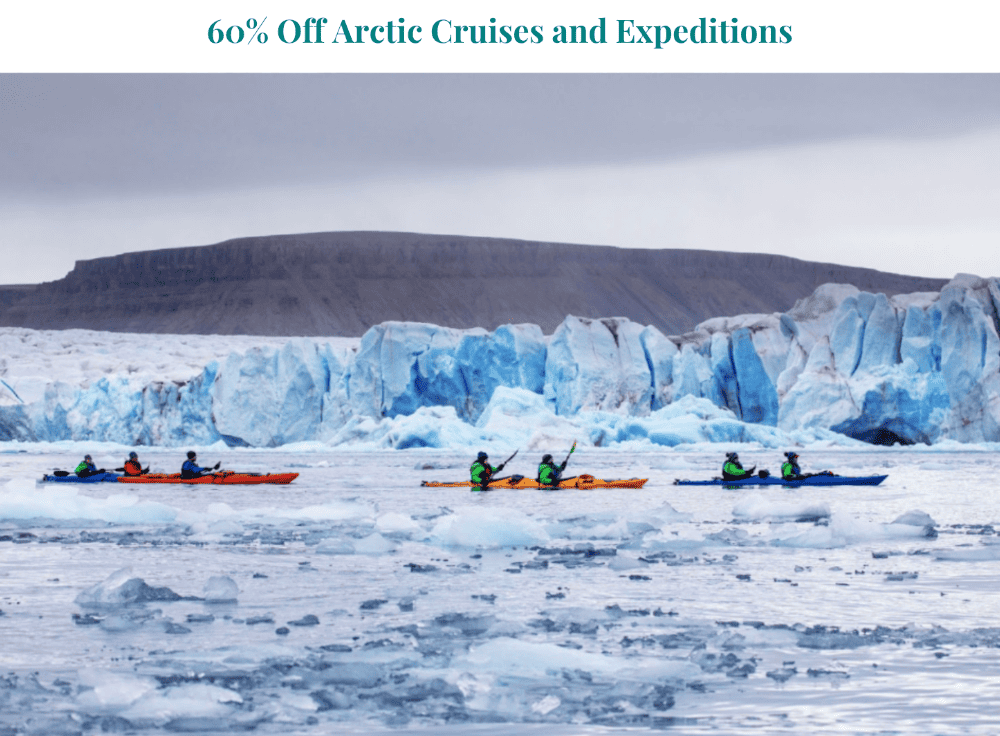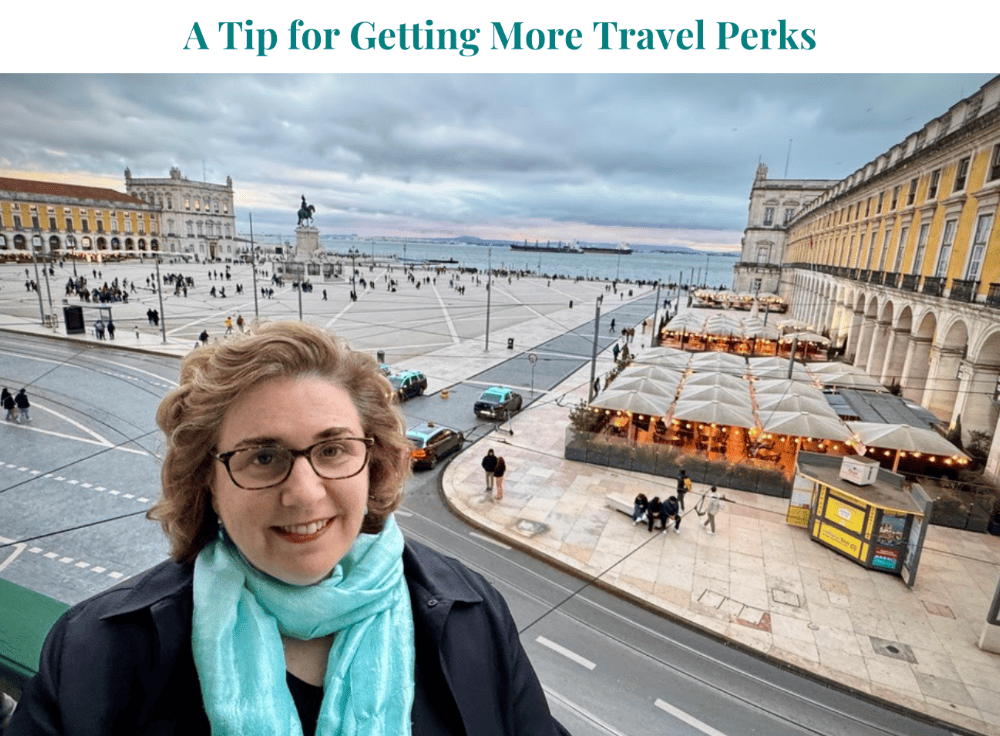As you wait out the cold and snowy season with friends, family and a nice glass of wine, we want you to remember that there are still warm and sunny parts of the world.
These ten destinations in particular have gorgeous weather and beautiful beaches—imagine yourself in any one of them, or better yet, use the time stuck indoors to start planning your winter escape.
Caribbean Islands
There are several islands that you can reach via nonstop flights from many U.S. cities. These are the more familiar and busy ones, including Jamaica and the Dominican Republic. But to get to the really special places, you’ll have to put in a little more time and effort, which usually means at least two flights—one of them on a puddle jumper—and sometimes a ferry ride. The British Virgin Islands and St. Vincent and the Grenadines, along with St. Kitts and Nevis, are all well worth the effort it takes to reach them.
Learn more in our Insider’s Guide to Finding Your Perfect Caribbean Island Resort, and contact Wendy to be marked as a VIP and get the best possible trip.
Big Island, Hawaii
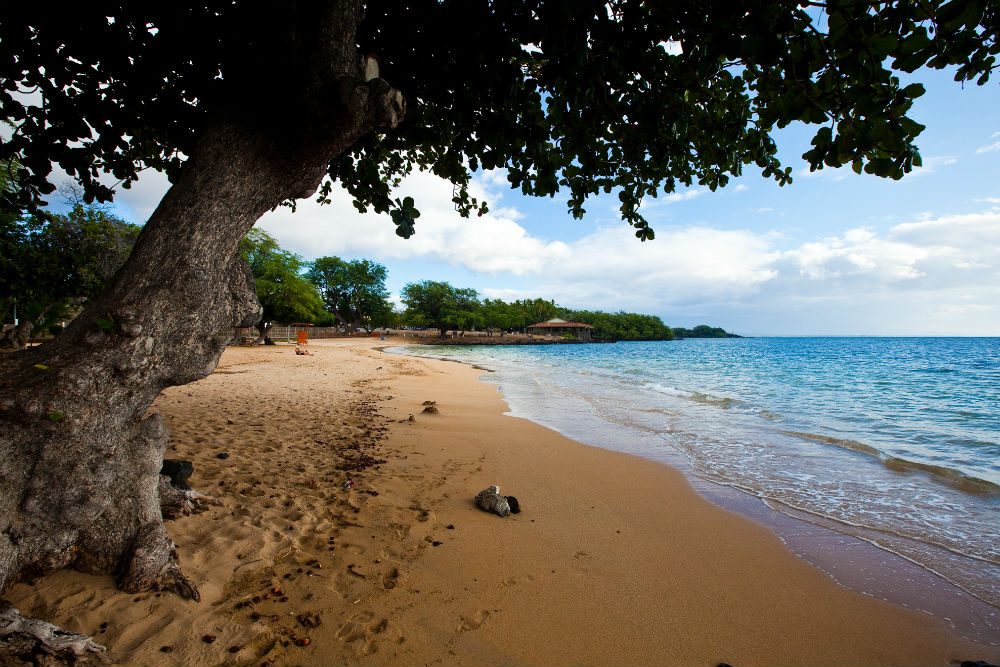
The beach at Kawaihae, Big Island, Hawaii. Photo: Hawaii Tourism Authority (HTA) / Tor Johnson
The Big Island boasts several of Hawaii’s most beautiful beaches, including the half-mile white-sand Hapuna Beach—the one often seen in advertisements and television shows touting an island paradise. For another perfect white-sand strand—but without the crowds—try Makalawena Beach near Kekaha Kai Sate Park, in Kona. You’ll have to maneuver an unpaved road for a short distance and walk a bit from the parking area, but that is part of the charm.
Learn more in our Insider’s Guide to the Big Island, Hawaii, and use Wendy’s trip request form to be marked as a VIP and get the best possible trip.
Puerto Vallarta, Mexico
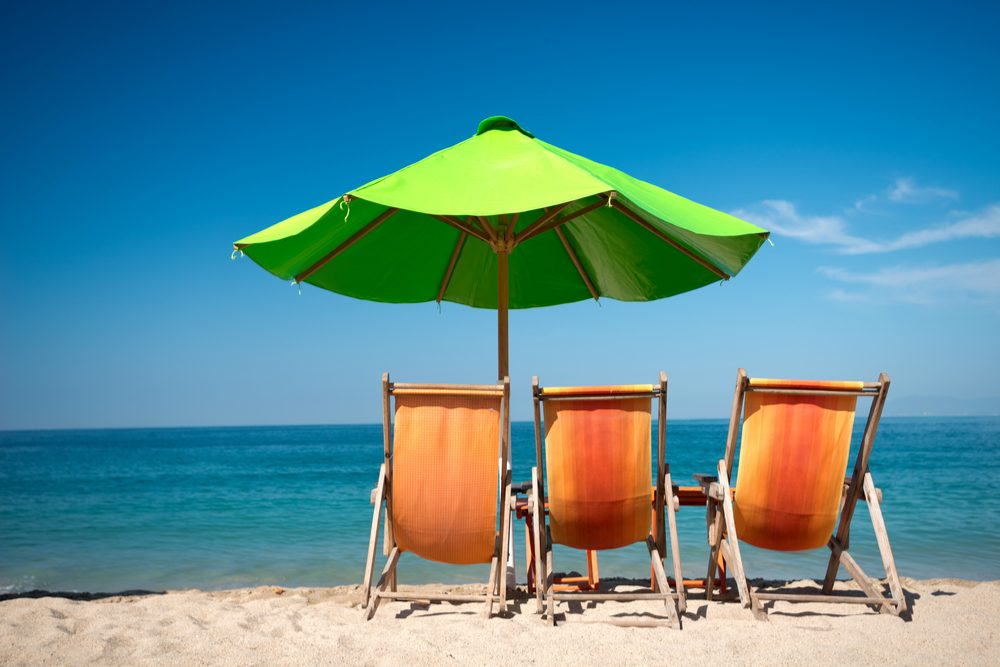
Puerto Vallarta, Mexico. Photo: Shutterstock
Puerto Vallarta’s historic center is home to great restaurants, galleries, shops, and nightlife, as well as plenty of photogenic charm—cobblestoned streets, whitewashed adobe walls. The Malecon, Vallarta’s oceanfront promenade, offers a great look at how local Vallartenses spend their evenings, strolling along with their children, grandparents, and friends.
Learn more in our Insider’s Guide to Puerto Vallarta, Mexico, and use Wendy’s trip request form to be marked as a VIP and get the best possible trip.
Costa Rica
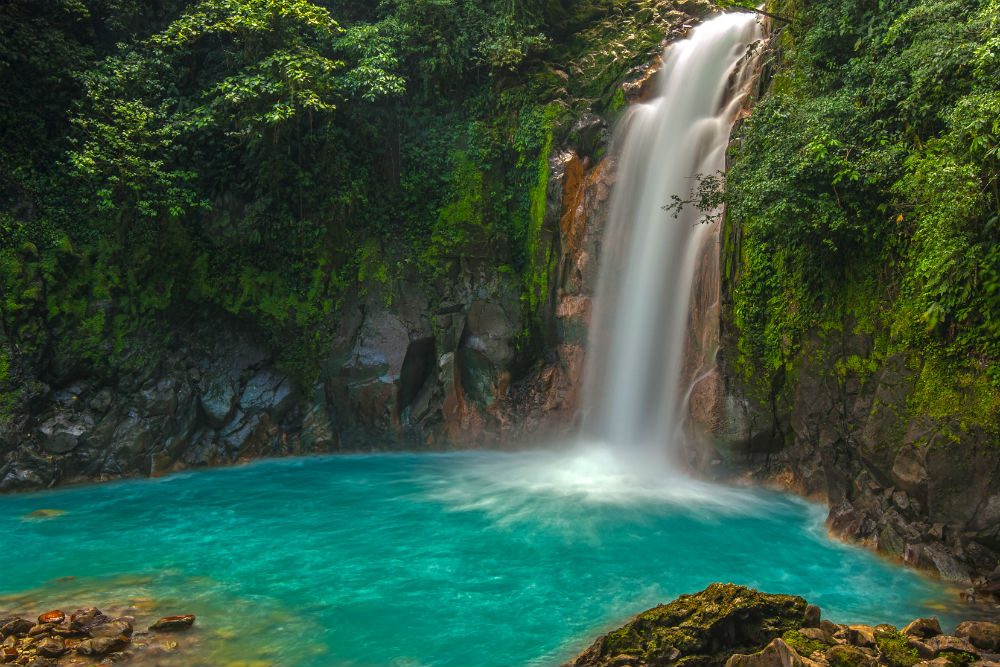
Costa Rica. Photo: Shutterstock
There are lots of gorgeous spots in Costa Rica, but don’t miss Osa Peninsula, home to Corcovado National Park. Despite a certain level of press over the years, the peninsula’s remoteness leads most travelers to substitute easier-to-reach rain forests and jungles—but whereas you’re likely to see a scarlet macaw in one of those other locations, on the Osa Peninsula you might see a tree full of them. The abundance of wildlife among majestic old-growth trees makes the payoff huge.
Learn more in our Insider’s Guide to Luxury Eco-Travel in Costa Rica, and use Wendy’s trip request form to be marked as a VIP and get the best possible trip.
Nicaragua
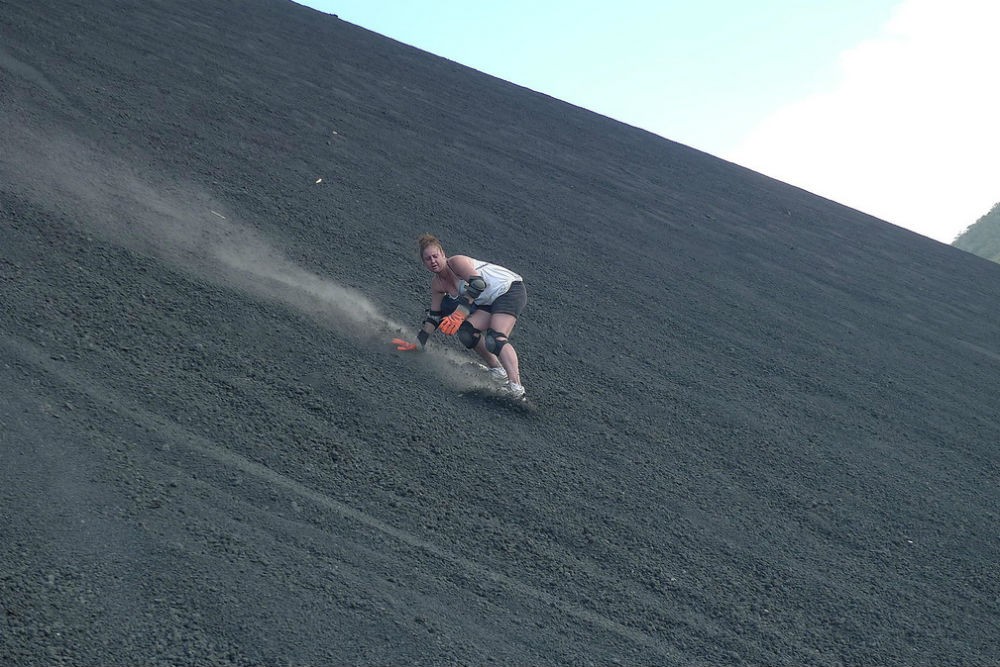
Try sandboarding down the Cerro Negro volcano, one of Nicaragua’s most active cone. Photo: Flickr/Beth and Anth
One of Nicaragua’s most appealing attractions is its abundant wildlife. Playa La Flor Nature Reserve, one hour from San Juan del Sur, is the perfect place to see sea turtles laying their eggs in the spring. Rather do something more adventurous? Try sandboarding down the Cerro Negro volcano, one of the country’s most active cones. It’s an hourlong hike to the top—where you’ll have a spectacular view of the sulfurous crater and also the Pacific Ocean.
Learn more in our Insider’s Guide to Nicaragua, and use Wendy’s trip request form to be marked as a VIP and get the best possible trip.
The Maldives
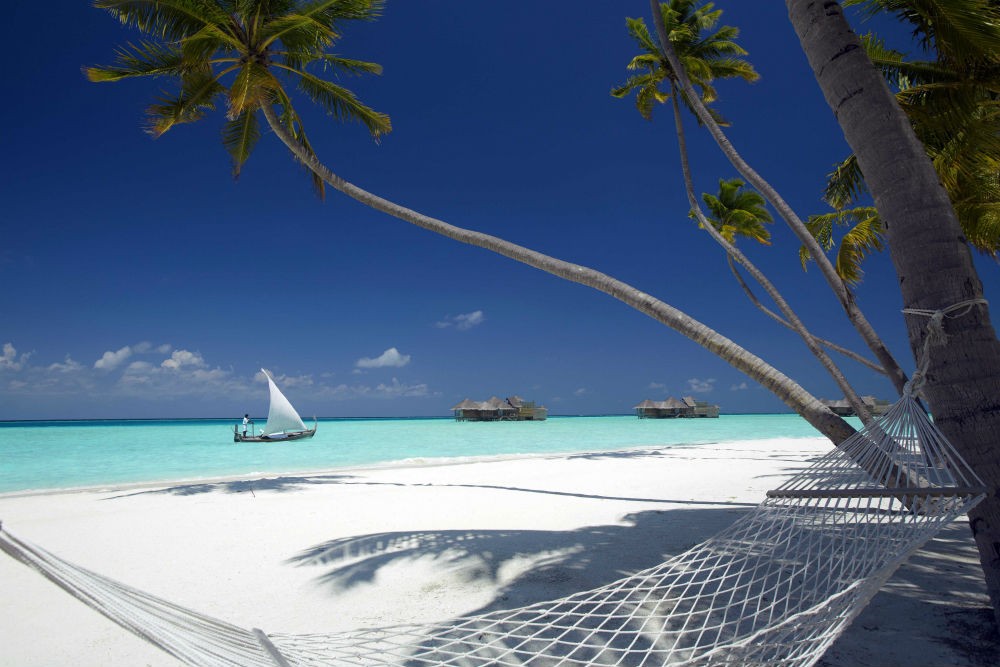
Beach views from Gili Lankanfushi, Maldives. Photo: Gili Lankanfushi
We’re pretty sure you don’t need convincing that the Maldives are paradise—just look at the photos. Bliss out on the beach, laze around in an overwater bungalow, or try UV snorkeling after the sun goes down and see how the corals light up in fluorescent greens, yellows, and reds.
Learn more in our Insider’s Guide to The Maldives, and use Wendy’s trip request form to be marked as a VIP and get the best possible trip.
Sri Lanka
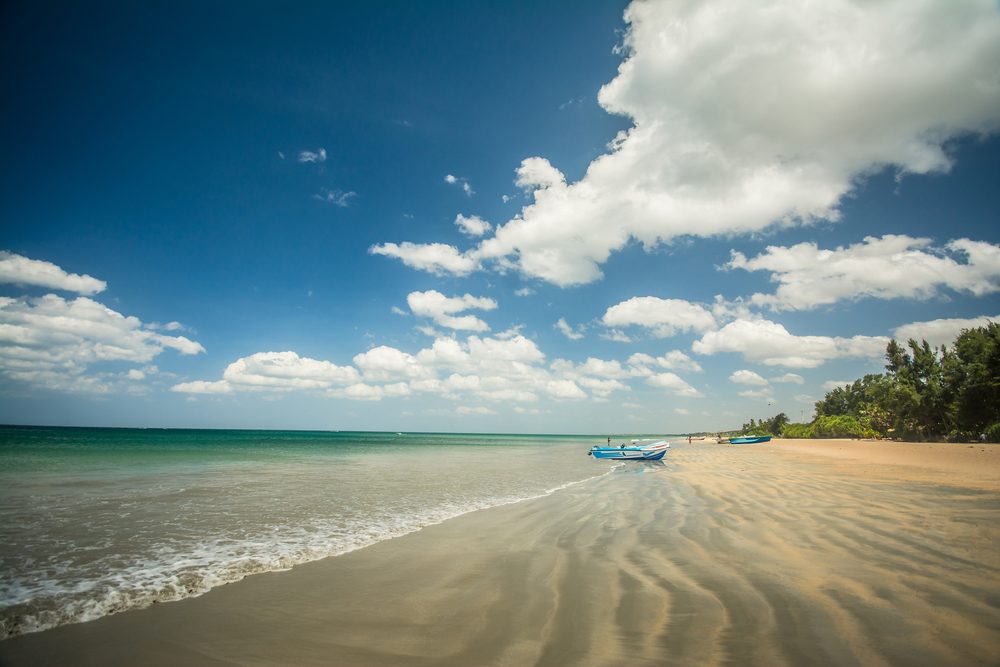
Trincomalee, Sri Lanka. Photo: Shutterstock
From the urban centers of Colombo to the tropical seaside south of Galle, Sri Lanka offers both quiet retreats and thrilling adventures. For travelers who want to admire the beauty of the countryside, the Tea Country’s many miles of manicured tea plantations provide the ideal place for a hike. For thrill seekers, the Kelani River provides an unparalleled opportunity for rafting and canyoning through the Central Highlands.
Learn more in our Insider’s Guide to Sri Lanka, and use Wendy’s trip request form to be marked as a VIP and get the best possible trip.
Rajasthan
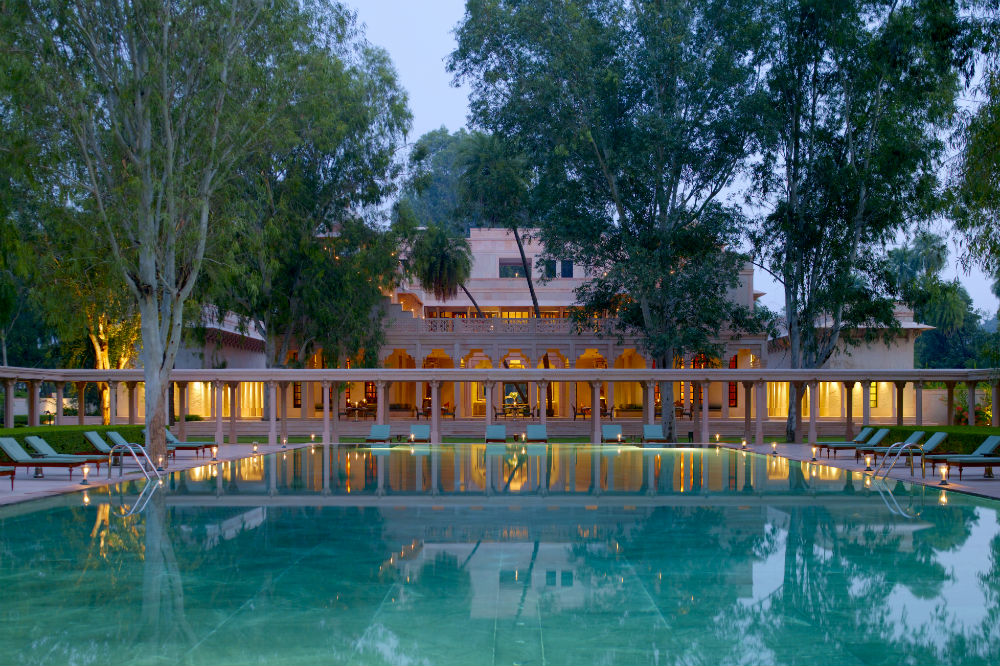
Amanbagh, Rajasthan, India. Photo courtesy Amanbagh
For complete relaxation, spend a day by the pool at Amanbagh, an oasis of palm and eucalyptus trees and Mughal-inspired architecture once used by the maharajah of Alwar on tiger-hunting expeditions. For something more active, saddle up one of the Marwari horses at Mihir Garh and ride through the Thar desert, pausing to visit the Bishnoi villages.
Learn more in our Insider’s Guide to Rajasthan, India, and use Wendy’s trip request form to be marked as a VIP and get the best possible trip.
Sydney
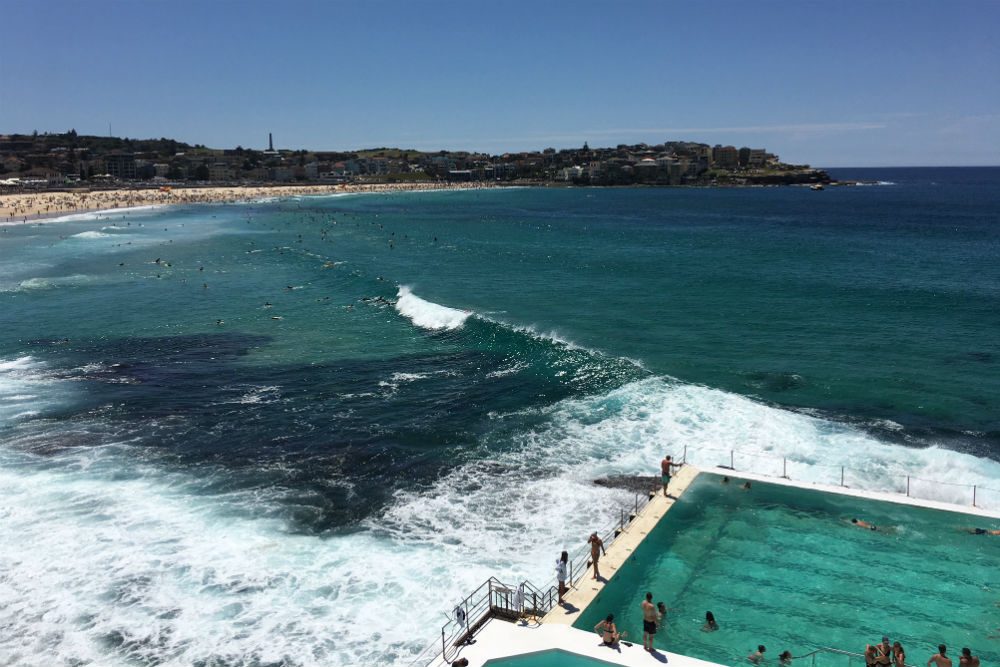
Sydney’s summer (December–February) brings beach weather. Photo: Southern Crossings
Sydney’s popular tourist attractions are well-known and visited by travelers from all over the world. But for some of the city’s hidden gems, jump on a ferry to Watsons Bay, and take in the views as you approach the southern entrance to Sydney Harbour. Once a tiny fishing village, Watsons Bay now offers walking tracks, beaches, and a harborside park. Just one hour from Sydney and a favorite of locals but consistently overlooked by visitors, the Royal National Park has spectacular coastal views, abundant birdlife, indigenous culture, bushwalking, cycling, and surfing. It’s also the world’s second-oldest national park (after Yellowstone).
Learn more in our Insider’s Guide to Sydney, Australia, and use Wendy’s trip request form to be marked as a VIP and get the best possible trip.
Queenstown, New Zealand
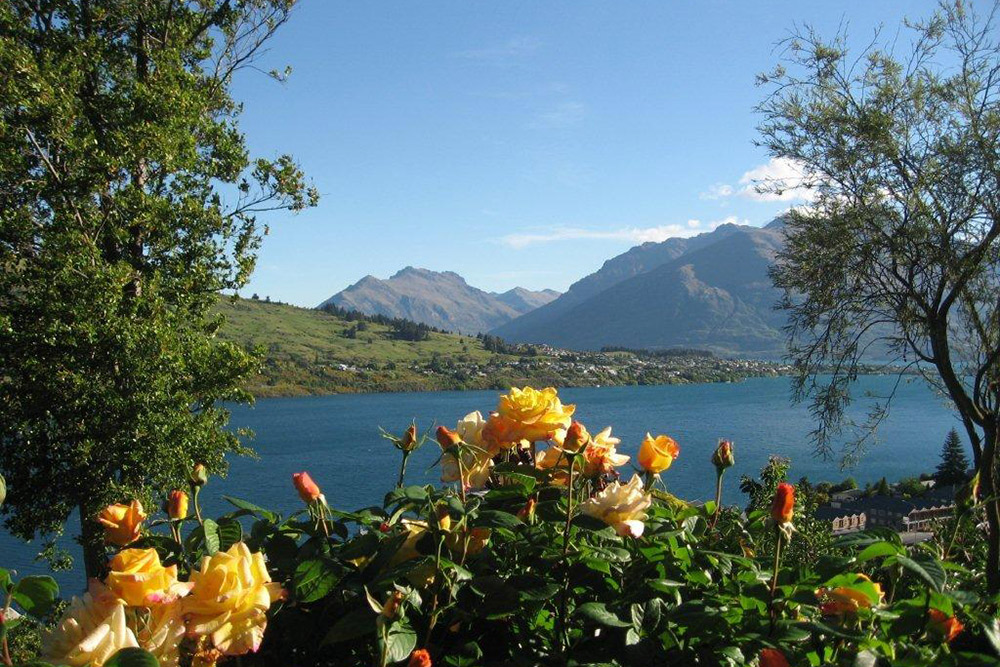
View from Pencarrow Lodge, New Zealand.
New Zealand is as an adventure mecca. Experiences for adrenaline junkies abound throughout the country, but most are concentrated in the Queenstown region. This is the place, after all, that claims to have invented bungee jumping. If you’re eager to try it (and you should!), we recommend a leap at the Kawarau Bridge. You can also go hiking on one of the area’s many unknown trails or go jet boating, rafting, skydiving, gliding, mountain biking—whatever rocks your boat.
Learn more in our Insider’s Guide to Queenstown, New Zealand, and use Wendy’s trip request form to be marked as a VIP and get the best possible trip.
Where would you rather be right now?


